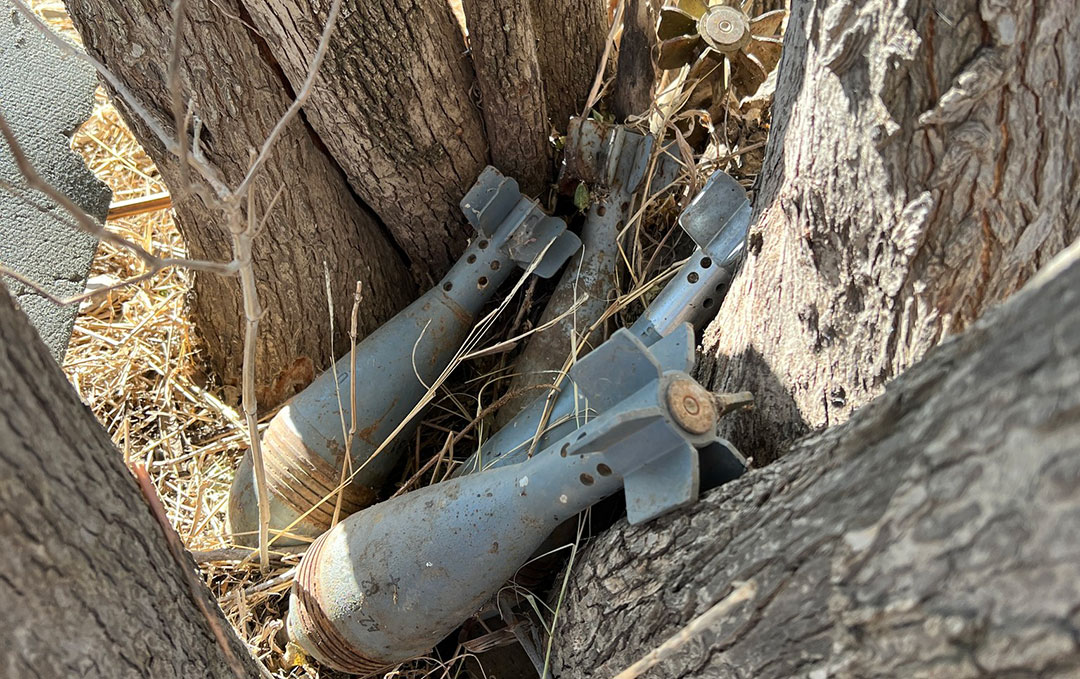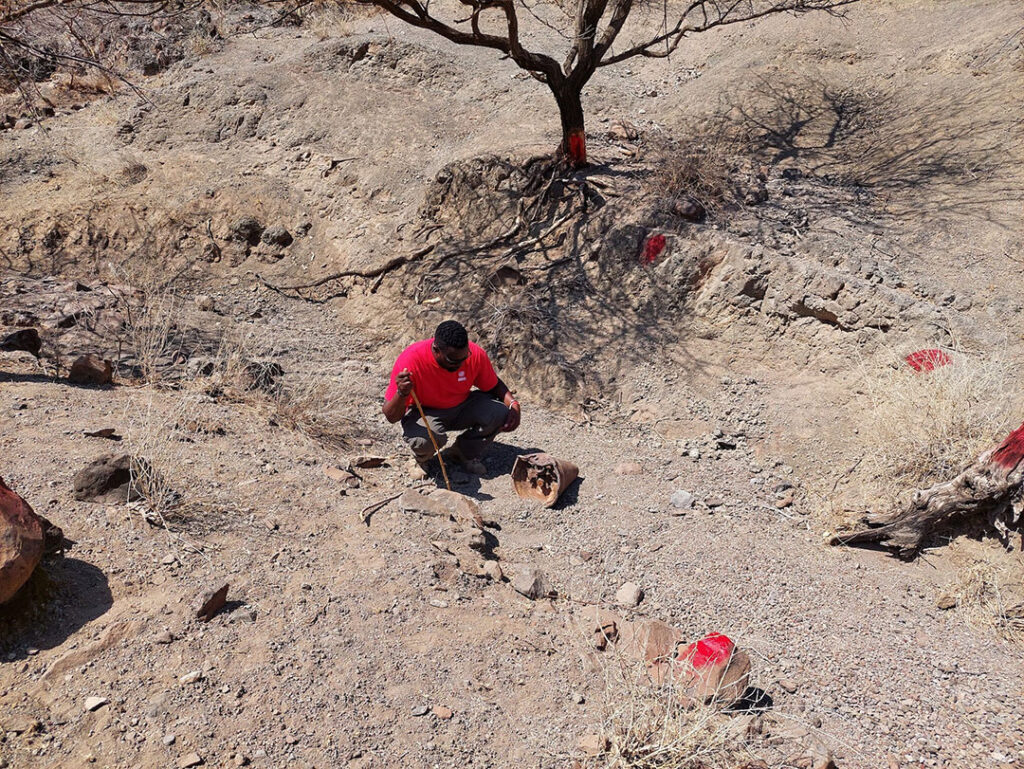ADF STAFF
Nahom Halefom, 13, was playing outside with two friends near the town of Queshet in central Tigray. His mother was watching.
“I took my eyes off him for a moment. Then I heard the explosion,” she told The Ethiopian Reporter newspaper for an article published on March 23.
Everyone in the area rushed to the scene, but none dared enter what likely was a minefield. Neighbors ran to find veterans whose experience in the two-year Tigrayan war included navigating minefields.
“He was in agony, unconscious,” Nahom’s mother said. “All I could do was stand and watch and wait.”
Nahom lost a leg and an eye, but all three boys survived. Getachew Girmay, whose 6-year-old niece was killed in a similar incident in September 2023, was one of the veterans who rescued the children.
“We have no idea where exactly these bombs are buried,” he told The Reporter. “All we could do was take an educated guess based on our past experiences, and luckily we managed to pull the kids out.”
The war in northern Ethiopia ended in November 2022, but its explosive remnants remain scattered throughout the Tigray region.

Unexploded ordnance (UXO) has killed or injured at least 1,225 people across Tigray’s 13 woredas, or districts, since the war ended, according to the Integrated Development Initiatives for War Affected People (IDI-WAP), a nongovernment organization that operates with a primary focus of explosive ordnance risk education.
“The number grows by the day,” IDI-WAP lead coordinator Yeheyis Berhane told The Reporter. “There was combat everywhere in Tigray. There is no piece of land where guns were not fired or where remnants of explosives did not land.”
Children are especially vulnerable, as they are less likely to recognize such explosives. Two-thirds of the victims have been children under the age of 17, the IDI-WAP reported.
“People cannot even trust the ground they are walking on,” Yeheyis said.
School sites will be the first priority of a new project by Ethiopia’s Ministry of Defense and the United Nations Mine Action Service (UNMAS) to clear ordnance throughout Ethiopia.
UNMAS will provide technical and capacity building training to the ministry, according to Francesca Chiaudani, head of the UNMAS Ethiopia program. She announced the program during a ceremony in Addis Ababa commemorating International Mine Action Day on April 4.
UNMAS global advocate Giles Duley took the occasion of April 4 to highlight the scale and scope of the UXO problem, as every 60 minutes sees a new victim of an unexploded device.
“I look at the last 10 years, and actually all I have seen around the world is an increase in the use of landmines,” he said at a news conference. “We are losing the fight. This is the reality of landmines. This is what it means. And they have a legacy that will last beyond us.”

